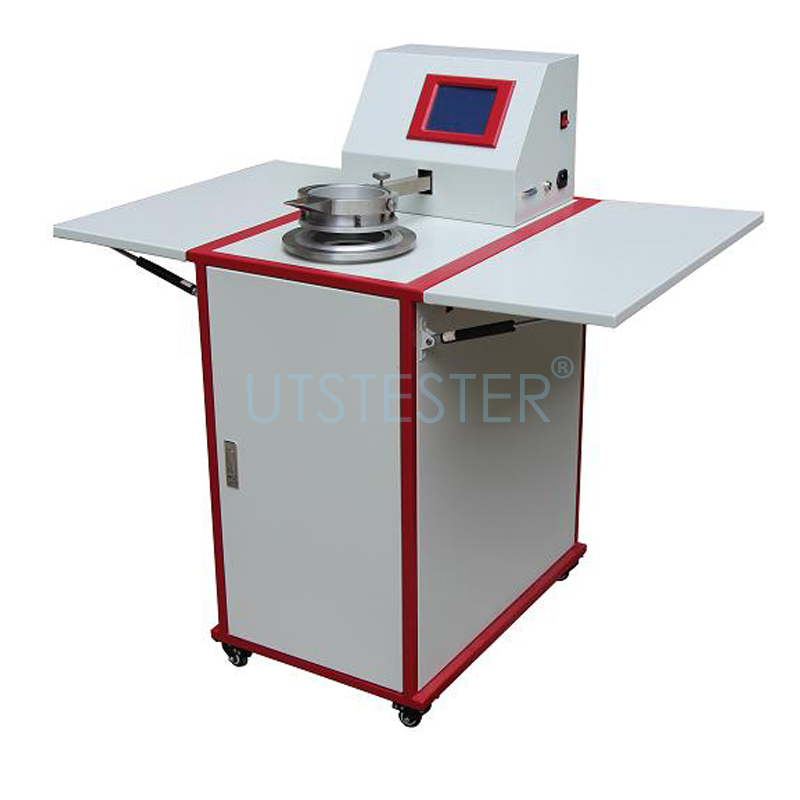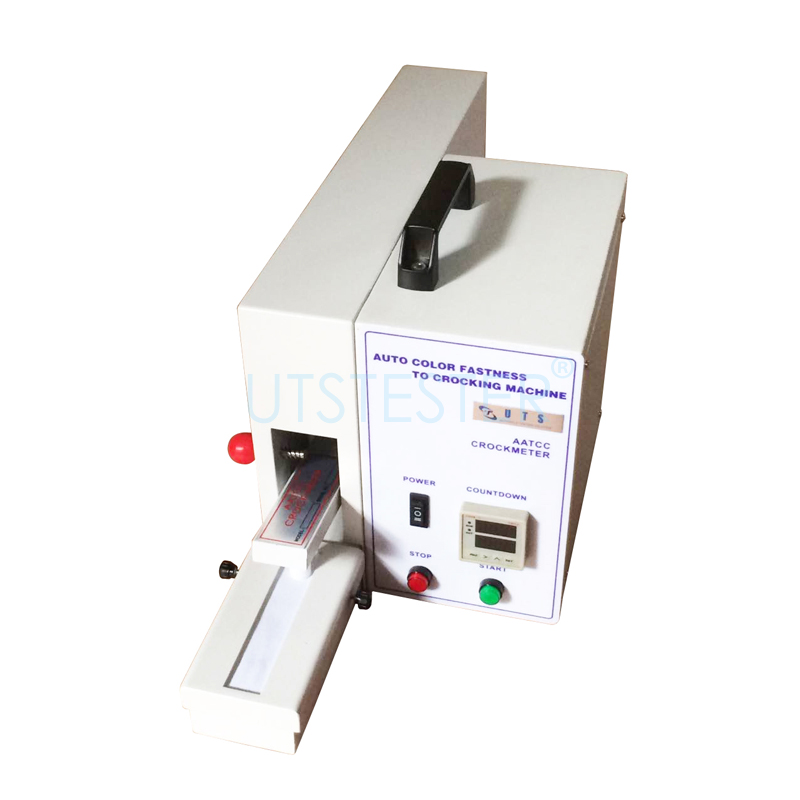 +86 152 6060 5085
+86 152 6060 5085
 +86 152 6060 5085
+86 152 6060 5085
2019-04-09
Comfort is the basic performance of clothing fabric, which is mainly manifested as air permeability, moisture permeability and friction performance. The improvement of both performance can greatly improve the comfort of fabric.
Clothing fabric is in direct contact with skin, and the effect of their interaction determines the comfort of fabric materials.The normal metabolism of the skin is reflected in two aspects: respiration and sweat excretion.
Comfortable clothing fabrics, in addition to excellent air permeability and moisture permeability to meet the human body's normal metabolism, should also show a smooth touch, reduce the skin damage caused by friction.
1. air permeability and moisture permeability
Normally, the human skin breathes through the cuticle, the hair follicle, the sebaceous glands, and the mouth of the sweat tube to exchange air with the outside world.When the body is in motion, a rise in body temperature causes sweat glands to secrete sweat to dissipate heat.After covering the fabric, it will obstruct the respiration of the skin and the evaporation of sweat to a certain extent, thus leading to a feeling of sulking. The degree of discomfort mainly depends on the breathability and moisture permeability of the fabric.The breathability of the fabric refers to the ability of air to pass through the fabric material. The breathability reflects the capability of sweat air sent out by the human body to pass through the fabric. The good breathability and moisture permeability maintains the normal gas exchange of the skin surface and the smooth discharge of body heat, so as to avoid sweat accumulation or condensation discomfort between the clothes and the skin.
The comfort of clothing fabric is not only reflected in good air permeability and moisture permeability, but also in the tactility of the fabric.Smooth, rough, waxy and smooth are the basic tactile sensation of the fabric, and the friction between the fabric and the skin is the leading factor leading to the different tactile sensation.If fabric surface does not have proper friction coefficient, light human body feels coarse, have attrition feeling, heavy can stimulate the skin to cause a variety of diseases badly, this kind of phenomenon is highlighted more in motion.The friction of the fabric not only affects the tactility but also hinders the sewing process.During sewing, sliding friction often occurs between the fabric and the instrument metal. If the friction coefficient is too large, it will cause sliding difficulty and affect sewing efficiency.

2. fabric friction coefficient
The evaluation of fabric friction coefficient is usually based on the personal sense after touch.Sensory sensitivity varies from person to person, making evaluation somewhat subjective.In the modern environment that stresses scientific data, this subjective evaluation is gradually replaced by instrument testing.Research between fabric and the skin friction coefficient, due to the particularity of the skin, sample test is difficult to implement, therefore, the author USES a relatively simple way of test instrument, namely, under the certain condition of positive pressure and friction speed, smooth fabric surface with a rigid surface rubbing against each other, the determination of dynamic and static coefficient of friction, this value as the fabric and the skin friction performance of reference data.
Take a polyester fabric and cut 3 pieces of warp and weft samples, the size is 200mm 80mm, to ensure that it has no crease, arch, hemming and other defects.According to the principle stipulated in FZ/ t01054-2012 "test methods for fabric surface friction properties", the sample is clamped flat on the sample table of the mxd-02 friction coefficient meter, with the test face up, so that the sample is in a state of elongation but not elongation.The rigid and smooth friction block is opposite to the test surface of the sample and applied with 450Pa vertical pressure.The relative friction coefficient of the instrument was set at a speed of 50mm/min, and the measured dynamic and static friction coefficients were 0.182 in the longitude direction and 0.179 in the latitude direction.
The friction property of the fabric surface is proportional to the roughness of the surface, and the roughness is related to many factors, such as fiber fineness, length, crimp, yarn structure, fabric state, tightness, processing technology, etc.The coarser the fiber, the higher the crimp and the higher the compactness, the rougher the surface of the fabric will be due to the processes such as raising, drawing and shrinking.In addition, different relative humidity states of the fabric will also show different friction properties. When the fabric is in an environment higher than 40%RH, water molecules will form a continuous water film on the surface of the fabric, thus generating hydraulic friction and increasing the friction coefficient of the fabric.

Email: hello@utstesters.com
Web: www.utstesters.com
Tel: +86 596 7686689
Direct line: +86 15260605085
Previous article :
Atomization test of atomization testerNext article :
Colour fastness test for textile clothing